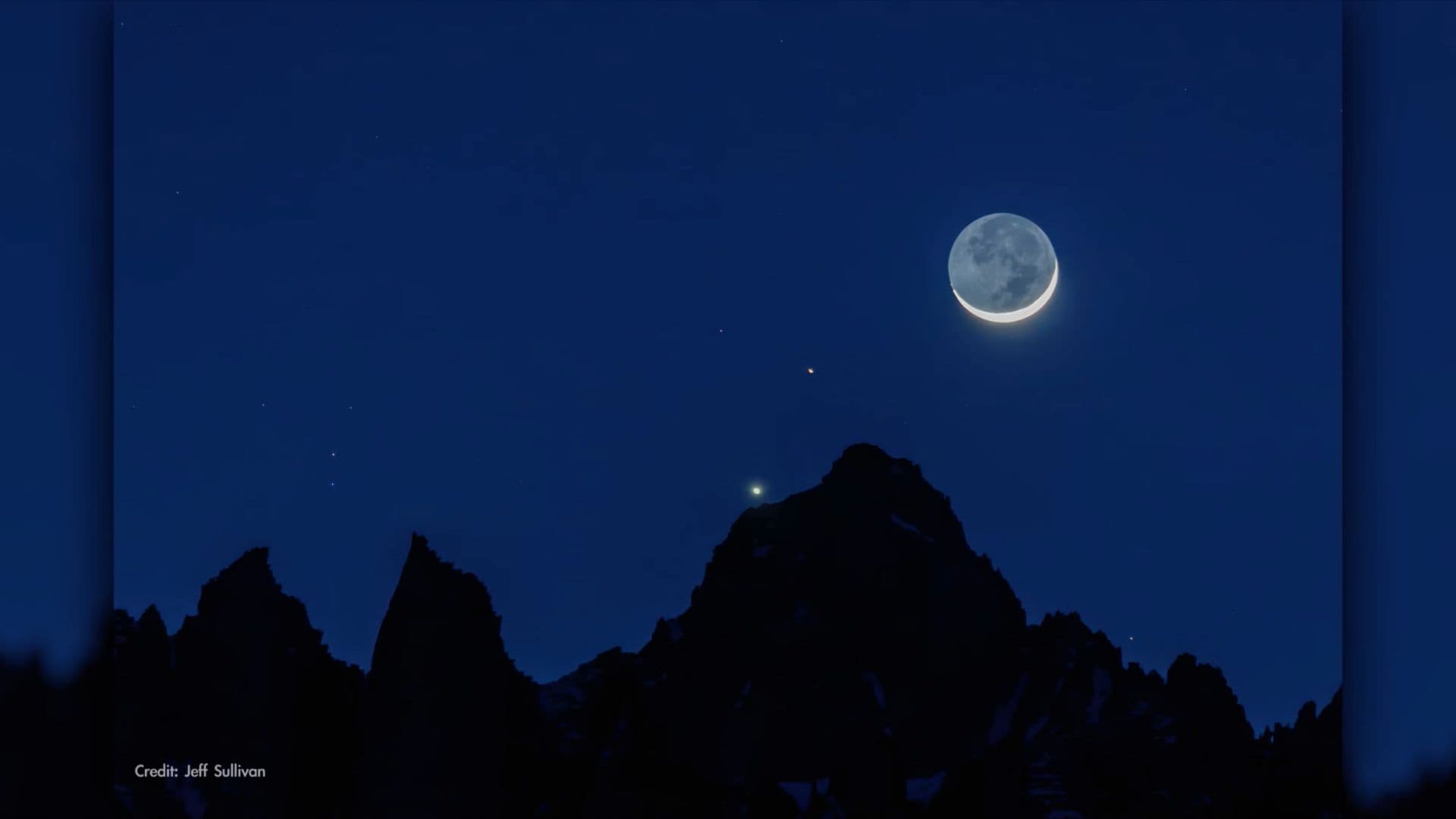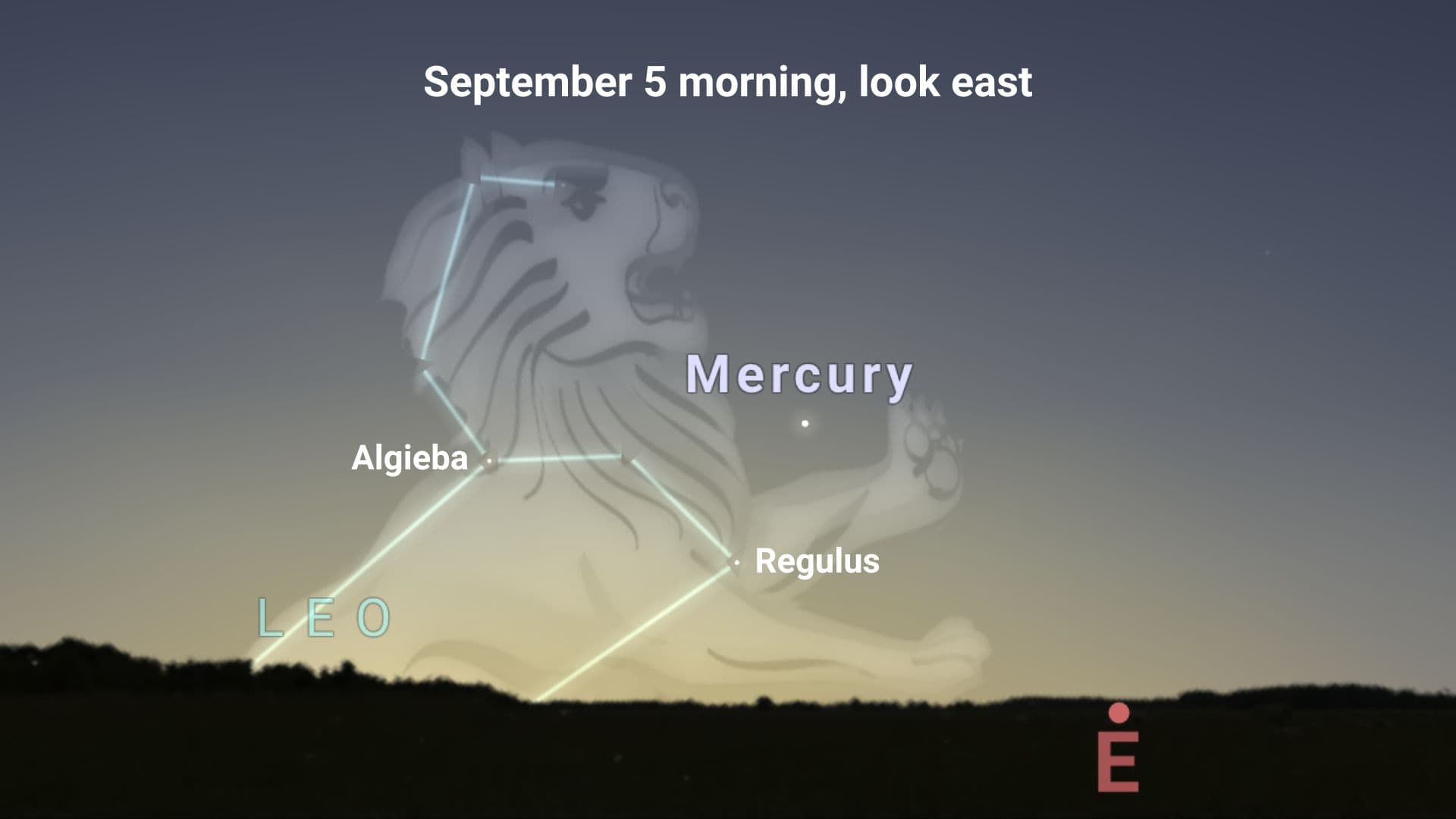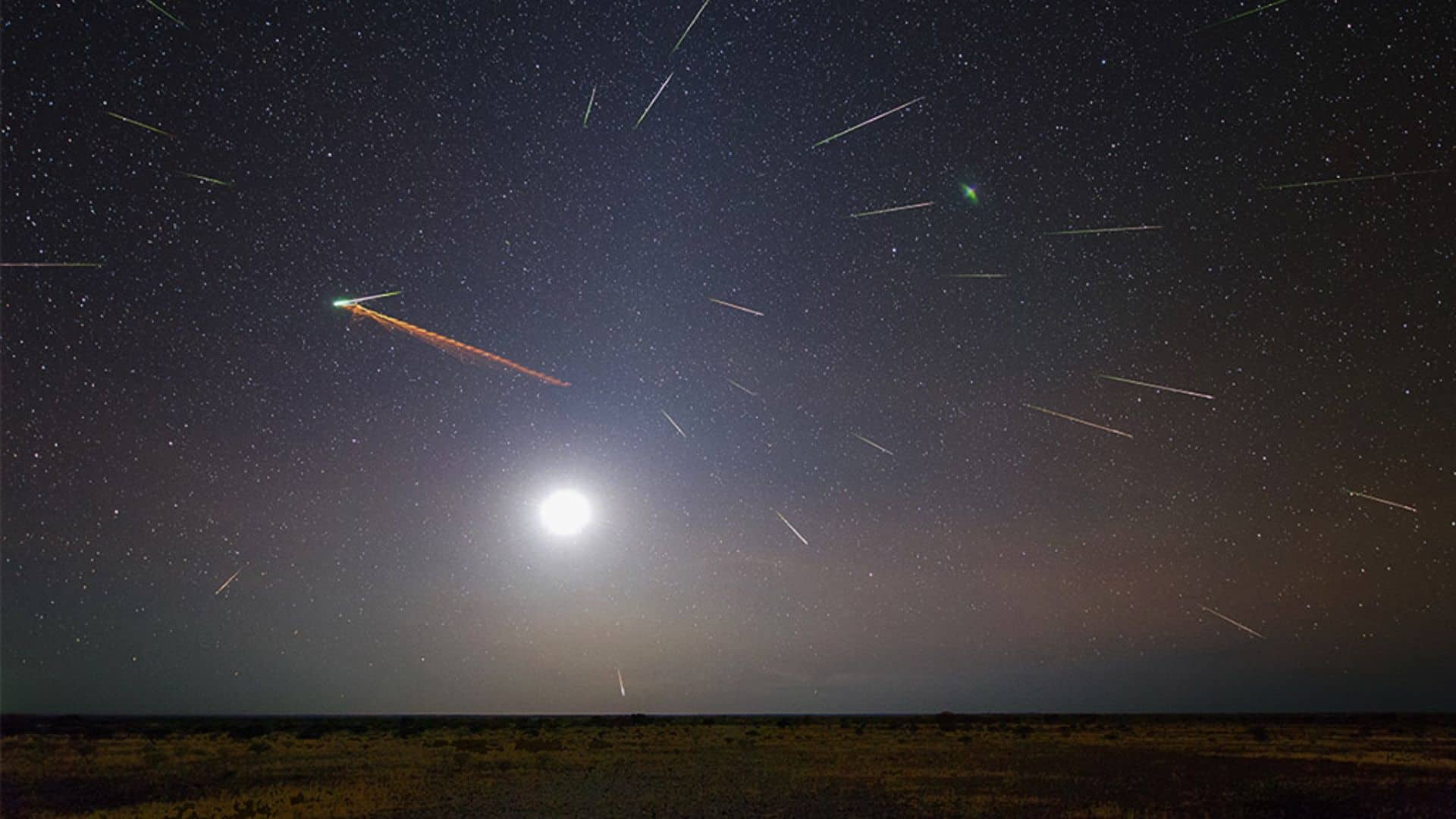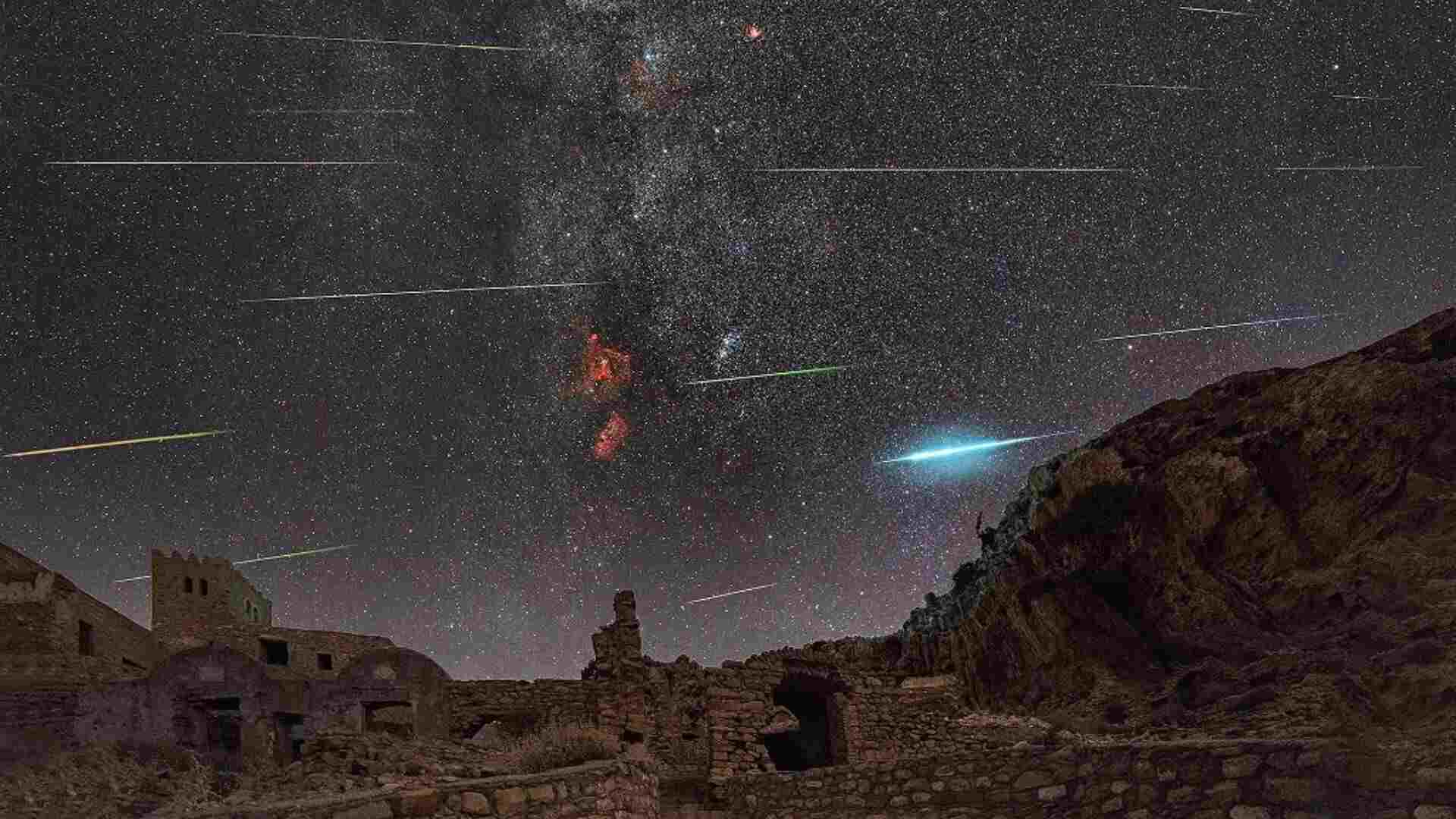What is the zodiacal light?
The zodiacal light is a triangular or pyramid-shaped pillar of faint light that stretches upward from the horizon before morning twilight begins or after evening twilight ends.
As zodiacal light appears in the night sky before true dawn or after true dusk (evening twilight), that’s why it’s sometimes called false dawn or false dusk.
The zodiacal light is easiest to watch around the time of September and March equinox.
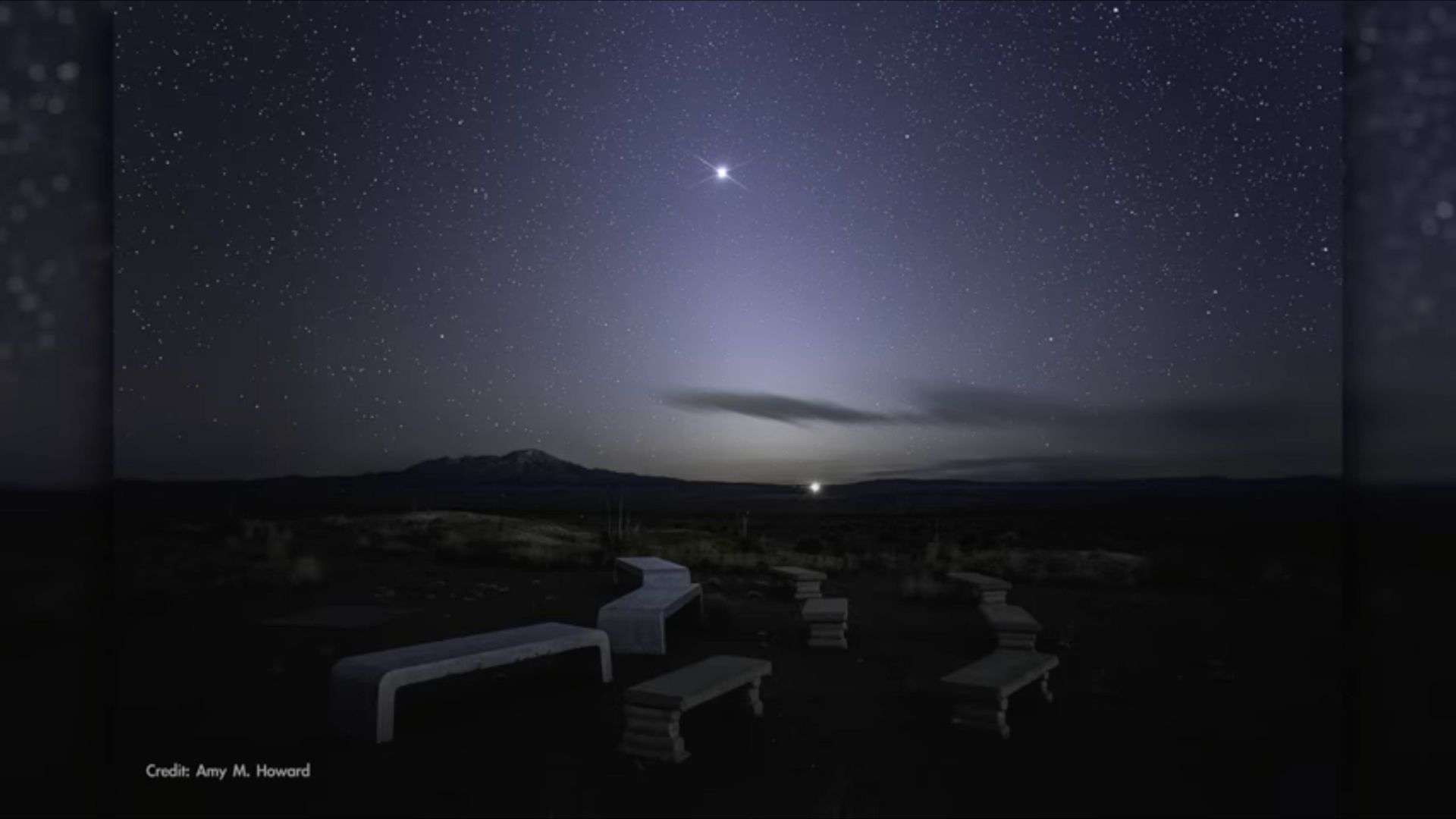
Zodiacal light around September equinox
Every year zodiacal light is seen around September equinox, in September and October.
Northern hemisphere: If you live in the Northern hemisphere then look at the eastern horizon around two hours before sunrise (or around one hour before dawn) to see the zodiacal light.
Southern hemisphere: If you live in the Southern hemisphere then look at the western horizon around two hours after sunset (or around one hour after evening twilight) to see the zodiacal light.
Zodiacal light around March equinox
Every year zodiacal light is seen around March equinox, in March and April.
Northern hemisphere: If you live in the Northern hemisphere then look at the western horizon around two hours after sunset (or around one hour after evening twilight) to see the zodiacal light.
Southern hemisphere: If you live in the Southern hemisphere then look at the eastern horizon around two hours before sunrise (or around one hour before dawn) to see the zodiacal light.
When to see the next zodiacal light in 2024
Northern hemisphere: As the new moon falls on May 8, 2024, look at the western horizon in the early evenings from May 2 to May 8, when the moon is in the waning crescent phase, to see the next zodiacal light if you live in the northern hemisphere. During that time, the moon will be absent from the early evening skies and the zodiacal light will be easier to spot.
Southern hemisphere: As the new moon falls on April 8, 2024, look at the eastern horizon in the pre-dawns from April 8 to April 14, when the moon is in the waxing crescent phase, to see the next zodiacal light if you live in the southern hemisphere. During that time, the moon will be absent from the pre-dawn skies and the zodiacal light will be easier to spot.
How to see the zodiacal light
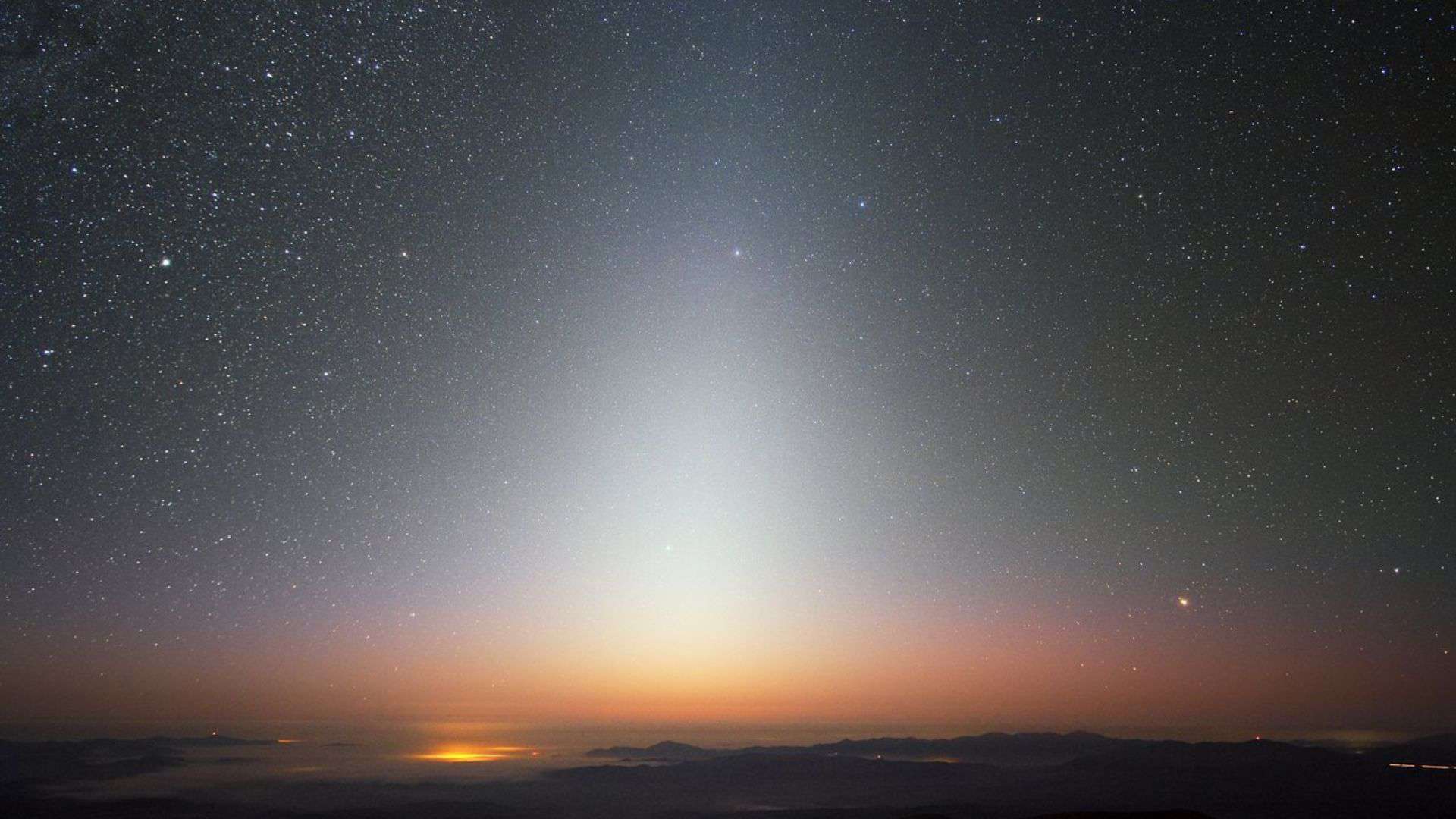
You need no instruments like a pair of binoculars or telescope to see the zodiacal light. It is best seen with the naked eye. You just need a clear, dark skies to watch the zodiacal light. The darker the sky, the greater the chance of watching the zodiacal light.
Watch it when the moon is absent from the night sky around the date of the equinoxes.
What causes zodiacal light?
Zodiacal light is not an atmospheric phenomenon. It occurs when the sunlight reflected from the interplanetary dust particles. These dust particles are leftovers from the formation of our solar system.
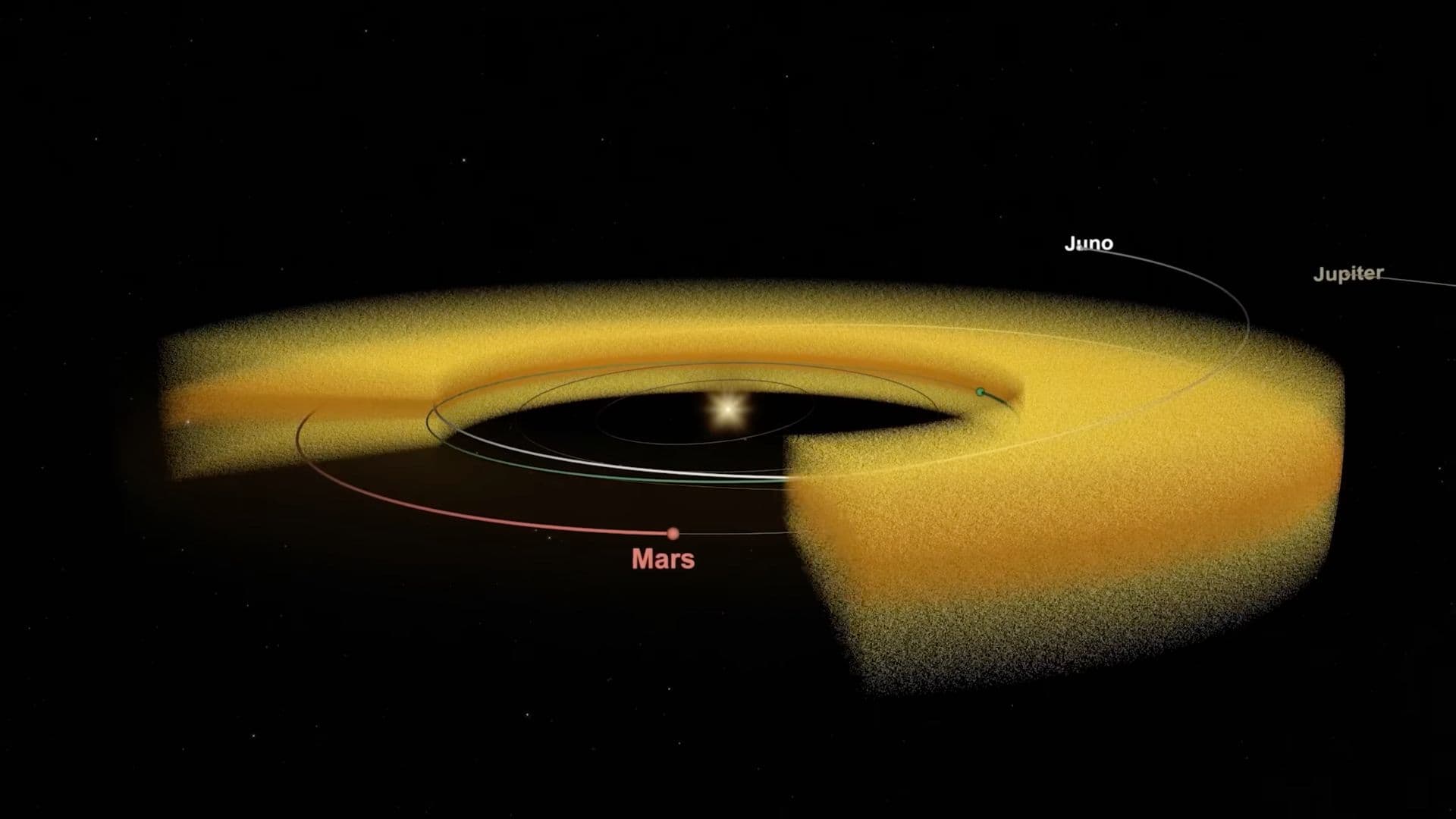
Now these dust particles orbit the Sun in the same plane as the planets do, so watching the zodiacal light means watching the plane of our solar system.
Please bookmark Spaceandtelescope.com or follow us on Facebook and Twitter to get latest space news, upcoming skywatching events and astronomy-related content.
